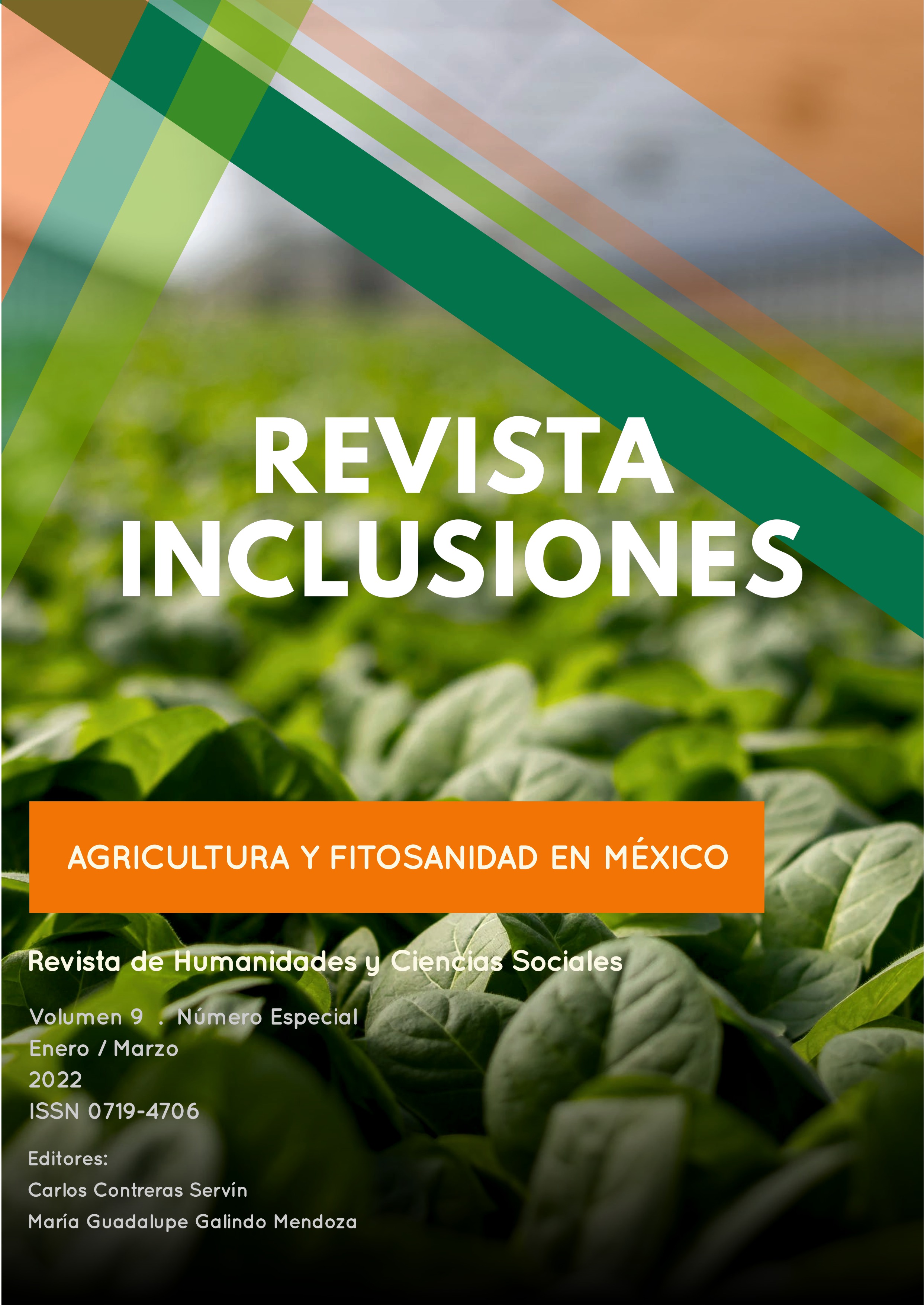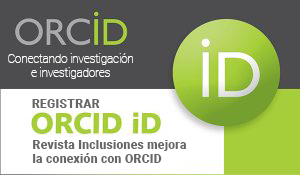THE FOUNDATIONS OF THE PHYTOSANITARY EPIDEMIOLOGICAL SURVEILLANCE IN MEXICO
Abstract
Having a concept of epidemiological surveillance entails the consensus of the perceptions and
applications that occur in the three health systems (human, animal and plant). Between the 1950s
and 1960s, epidemiological surveillance was only perceived as an updated database of the main
pests and diseases, it was even said that the information collected predicted a permanent state of
alert since it should guarantee timely data on the distribution and spread of pathogens in hosts. By
the 1970s, epidemiological surveillance was already conceptualized as a set of activities with the aim
of timely recommending the appropriate and efficient measures that lead to the prevention and control
of the disease. However, the comprehensive conceptualization of epidemiological surveillance is
framed at the beginning of the XXI century as a "system of processes to detect changes and
anomalies in populations" (of humans, animals or plants). If we start from this consensus, not only an
official institution can determine or evaluate these changes, but it must involve scientific society and
civil society in general.
Published
Versions
- 30-11-2022 (2)
- 25-01-2022 (1)
How to Cite
Issue
Section
Los autores retienen los derechos de autor y otorgan a Revista Inclusiones el derecho de publicación bajo Creative Commons Attribution 4.0 International (CC BY 4.0). Esto permite el uso, distribución y reproducción en cualquier medio, siempre que se otorgue la debida atribución al autor.











